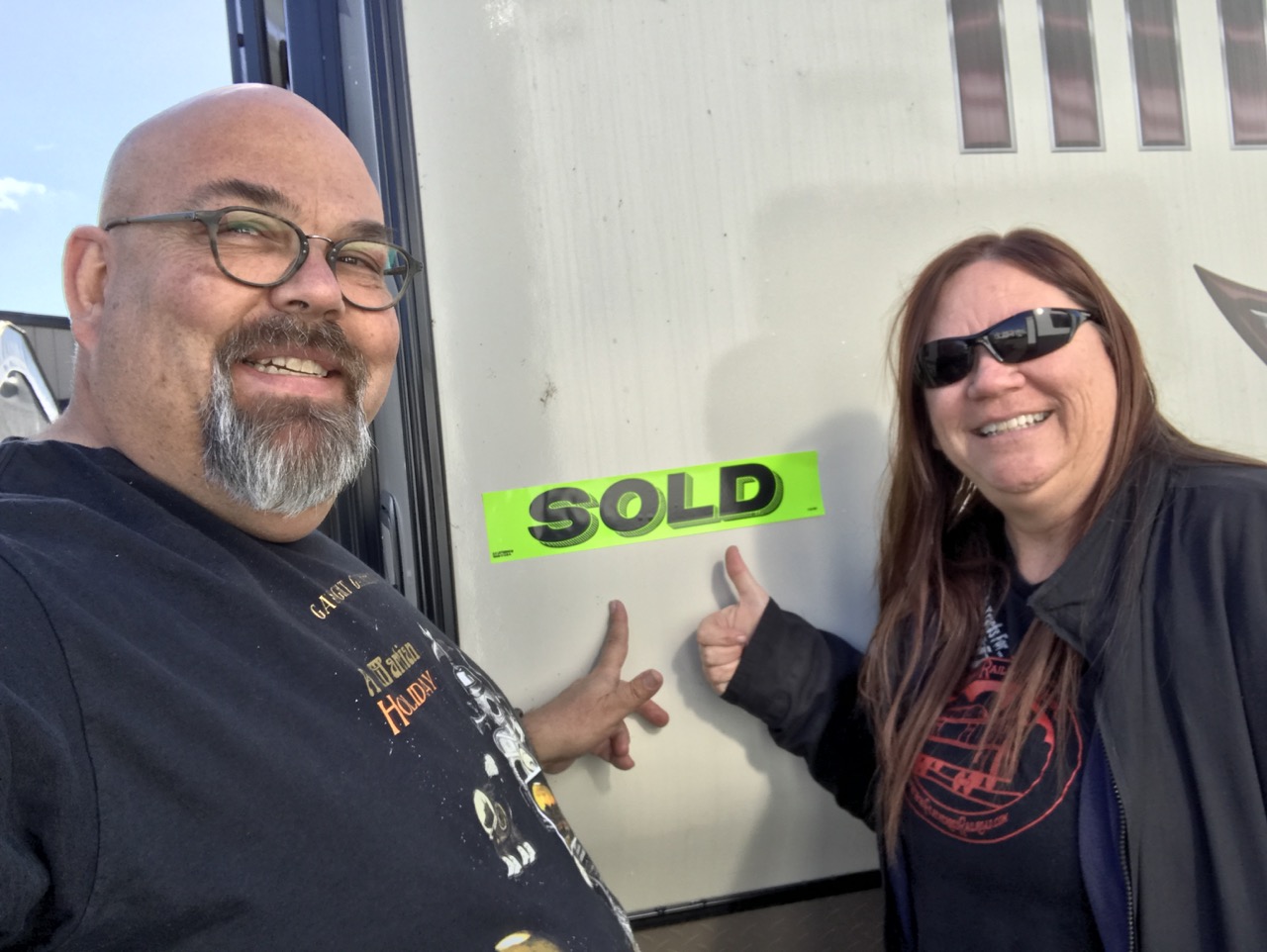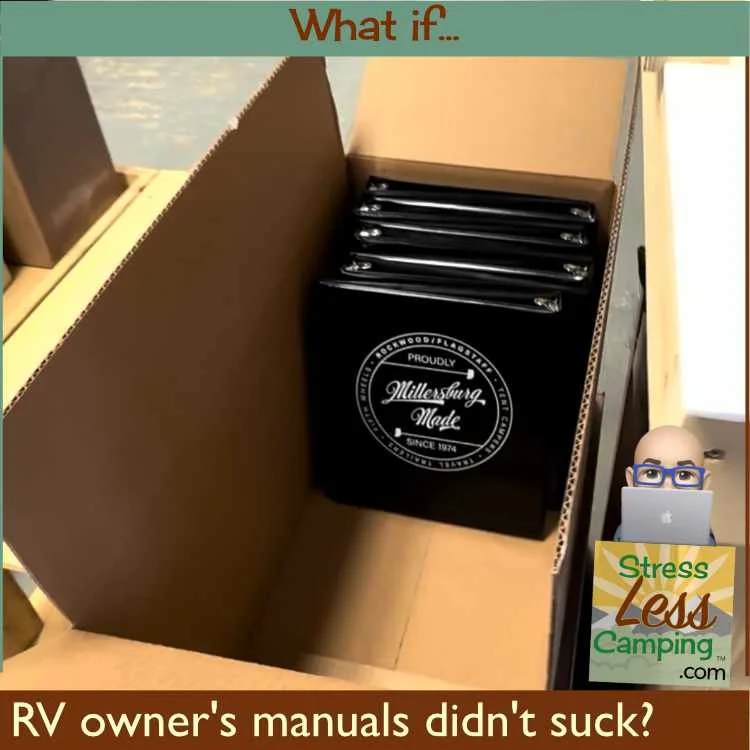Which weight distribution hitch do we use?
Honest review of the Camco Eaz-Lift TR3 weight distribution hitch
For those towing a travel trailer, how much did you think about the hitch that is the bridge between your tow vehicle and the trailer? I have found that many people mostly pay attention to the truck but don’t give the hitch much thought. I was one of these until I spoke with the people at Camco who recommended I try their new EAZ-Lift TR3 weight distribution hitch.
As trailers become heavier and heavier a weight distribution and sway control hitch does a lot to make the towing experience better.
What does a weight distribution hitch do?
Weight distribution takes the downward force exerted by the trailer and distributes it more evenly between the wheels of the tow vehicle. The advantages of doing this include the fact that you have better steering control plus the tow vehicle sits properly as designed by the manufacturer.
Essentially most weight distribution hitches accomplish this through metal bars that extend backward from the hitch and provide a measure of counter to the weight of the truck and trailer. So, effectively, these are like a couple of extra springs that help distribute the weight more evenly.
Sway control
Another function of many of these hitches is sway control. In my previous hitch the way this worked is that the weight distribution bars rode on the attachment point on the trailer which created friction and, thus, helped reduce the sway between truck and trailer.
You have to think that a travel trailer is a gigantic slab-sided box behind your truck and wind and other factors can push the trailer around more than most vehicles which causes sway. A hitch with sway control does help eliminate some of this tail wagging the dog conditions.
Camco EAZ-Lift TR3
This hitch is a new product for Camco’s EAZ-Lift team and features both sway control and weight distribution functionality.
The weight distribution is done with bars that compensate for specific amount of weight that slide into a trunnion on the hitch that pivots with the movement of the trailer and truck on corners.
The trunnion has a collar around the pivot point that, in turn, has an adjustment that lets you tighten, loosen or simply release the friction on this pivot point. With this functionality you can increase, decrease or completely eliminate sway control on the hitch.
Camco sells this hitch in a variety of capacities to compensate for the tongue weight of your trailer. Essentially your tow vehicle actually carries about 15% of the weight of the trailer so the hitch you buy should be able to compensate for that weight.
Oddly enough Camco’s designations start at 600 but this model can carry, or compensate for, up to 800 pounds of tongue weight. There are also 800 and 1,000 designations with each of those able to compensate for 200 pounds more than their number.
We initially got this hitch for our Rockwood Mini Lite 1905s, a smaller single-axle trailer and so we got the 600 model.
Since then we’ve upgraded to the Rockwood Mini Lite 2506fk which is a front kitchen model and is very tongue-heavy. The way Camco has designed this hitch is clever - you only need to swap-out the weight distribution bars to accommodate different weights. As such, we simply bought the right bars to accommodate our new trailer. Nice.
Learn how RV companies choose model designations here.
Highlights
The pieces that came with our Camco Eaz-Lift TR3 weight distribution hitch.
Compared to my previous hitch where I had to lift the bars into place on the hitch, the EAZ-Lift just has those bars slot into place. They are then held with a pin which is tethered to the hitch - no losing this. This is much, much easier and I’ve seen people not quite get the lift-in bars in place such that they fall out on the highway.
That’s not good.
In this case, easing the bars into the hole is a cinch. Then you use an included tool to lift the bars into place on a mount on the trailer’s A-frame and you’re good to go. It’s a really easy process.
Since the sway control is in the pivot point and adjusted with an included Allen wrench, it’s completely silent. My previous hitch used metal-on-metal friction to accomplish sway control and there was no adjustment whatsoever.
You can accommodate different sway situations by simply tightening or loosening the nut with the included Allen wrench. For example, if you’re on two-lane roads you can tighten-up the sway control knowing that trucks are going to be racing past you the opposite direction.
One of the reasons you might not want sway control is tight parking maneuvers including backing into a camp site or something like that. It’s just a plus that you’re given this option.
In fact there really isn’t anything about this hitch that does’t demonstrate an attention to detail and high build quality.
Quite honestly regarding the adjustment, I usually just adjust this once before I leave and don’t think about it after that. So while you could make adjustments on the way, I’ve never found the need to do so. But it’s good that you can.
Installation
I had the hitch professionally installed but Camco does have a video about installing the TR3 hitch. All the bits and pieces are included with the hitch itself and the range of adjustability is such that you should be able to install this in most circumstances. I also like that the hitch isn’t particularly tall so I can easily open the tailgate of my truck.
A Tip
I have seen a lot of RVers struggle with the installation of their weight distribution hitches needlessly. Many campers basically feel that they have to fight the installation points on the hitch to get the weight distribution bars in place.
This is both silly and can be dangerous.
Instead, use the power tongue jack on your travel trailer to lift the truck and trailer up to the point where there is little or no tension on the weight distribution bars. Then snick them into place and you’re done. This is easy and doesn’t require you to wrestle with the installation while there are hundreds of pounds of tension on the bars.
To learn more about weight distribution hitches and trailer weights in general, we have a podcast about towing a trailer as well as a towing calculator here.
Updates
We got this hitch a few years ago when we had a lighter trailer. The model we had then was the 600-series which has bars that were fine for that small trailer. But this new trailer has a much higher tongue weight and so I simply ordered the 1,000-series bars from Camco and all was well.
Since we now have a 3/4 ton truck, we had to upgrade the shank which is the part of the hitch that goes into the truck’s receiver. This truck is much higher off the ground than our old Ram 1500 plus the receiver is larger as well. Fortunately the dealership had the right part and it was an easy swap.
In summary
Camco has done a really good job with this hitch design.
I much prefer it to what I had before for so many reasons including silent operation, ease of installation and use and build quality. Clearly they have been listening to customers in designing this product.
The only head scratcher, to me, is the model designation. The hitch I got from Camco was the TR3 600 series but this is capable of handling up to 800 pounds of trailer tongue weight. So it’s just a naming convention that I didn’t understand.
If you’re looking for a hitch that does a really good job of handling the load, providing good weight distribution and sway control and operating in a quiet and effective manner I am quite pleased with the Camco EAZ-Lift TR3 weight distribution hitch.








